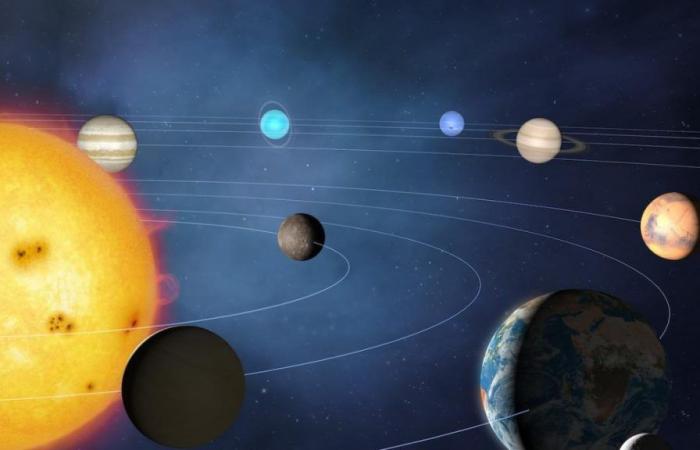In a distant corner of the Lyra constellation, about 215 light years from our home, lies an exoplanet that has captured the attention of the international scientific community. Kepler-37b, as it is known, has been recognized as the smallest planet discovered to date outside our solar system, barely surpassing our own Moon in size.
This celestial body is part of a planetary system that includes Kepler-37c and Kepler-37d, all of them discovered thanks to the meticulous observation of stellar transits carried out by the Kepler space telescope. The precision with which Kepler-37b’s size has been determined is the result of an innovative process known as asteroseismology, which compares the size of the planet to that of its star using sound waves. This technique has allowed astronomers to confidently state that we are looking at the smallest planet ever observed in the universe.
NASA has noted that Kepler-37b is almost entirely rocky, a characteristic that, together with its proximity to its star, makes the possibility of life as we know it practically nil. The planet’s orbit around its star is just 13 days, resulting in average temperatures around 426°C, extreme conditions that challenge any form of terrestrial life2.
The discovery of Kepler-37b not only expands our knowledge of the diversity of celestial bodies that exist in the cosmos, but also suggests that such small planets could be more common than previously thought. This discovery opens new doors for space exploration and raises fascinating questions about the formation and evolution of planetary systems in our galaxy and beyond.
Research on Kepler-37b continues, and with each new piece of information obtained, the history of our understanding of the universe is rewritten a little more. Although this small planet cannot support life, its existence is a testament to the vastness and wonder of the space around us, a constant reminder that there is still much to discover in the vast stellar darkness.


